Sessions / Zoom G
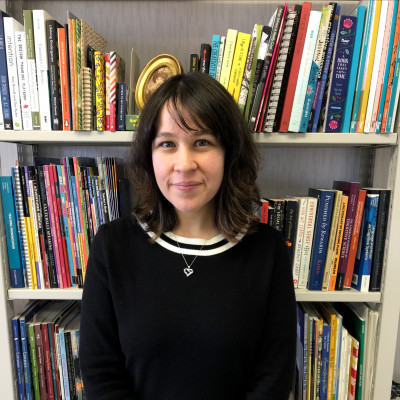

Lights, Camera, Action: Showcasing Student Work #154
A film-making project not only allows students to practice language skills, but also leads to a final product, one which has creative value to students and the world (Ford & Kluge 2015). Performance in Education proponents, Newmann and Wehlage (1995, p. 14), state that having students share their accomplishments with wider audiences through “outside” performance is a necessary step for what they call “authentic pedagogy.” The distribution phase is an essential aspect of the film-making process that provides great opportunities for the authentic performance of their product, but these works often get left in the dark. This presentation is aimed toward for teachers interested in film-making or interested in having their students take a more active role in the final stage by promoting and showcasing their films outside of the classroom or by participating in film festivals or contests. The presentation will detail the activities of English language students in a film-making course as they prepared to showcase their films at a school event and describe the development of an upcoming international student film festival, contest, and symposium for English language teachers and students to be held in Nagoya. Discussion on student films and other showcasing activities will follow.

Modals meet Medicine in a Roleplay #156
Roleplay and simulation are considered effective teaching strategies not only in the realm of EFL (Winston, 2013; Chang, 2013; Piazzoli, 2011; Stinson & Freebody, 2010) but also in the field of medical, nursing, and care training (Gotwals & Yeager, 2014; Unsworth, Tuffnell & Platt, 2013; Hogan, Kapralos, Cristancho, Finney & Dubrowski, 2011). This presentation will explain how the presenter used roleplay in a General English course for students majoring in nursing. A review of the existing literature in this field will be followed by an explanation of the context of the course and the learning objectives of the activity. This will be followed by a step-by-step description of the procedure and the material used in the roleplay. The participants will also get an opportunity to participate in and get a hands-on experience of one of the roleplays mentioned in the presentation.





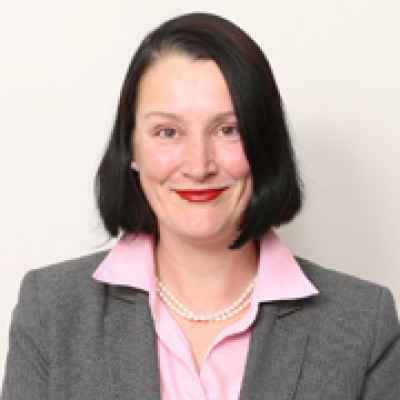
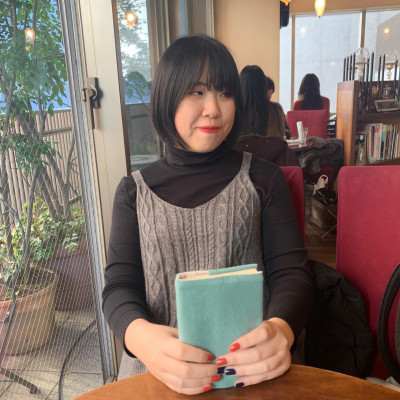
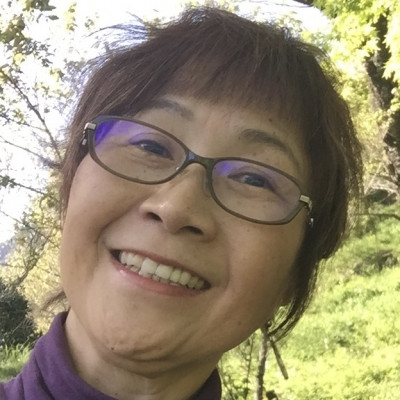

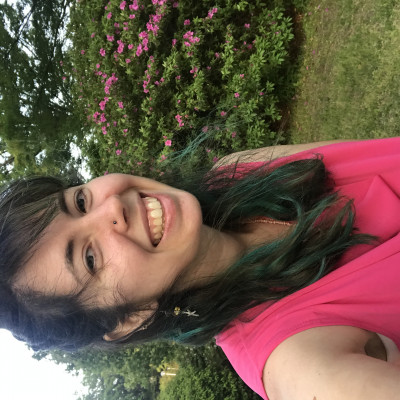
Performance in Education #155
The Performance in Education (PIE) SIG Forum will be a panel discussion on the various facets of Performance in Education. The panellists will discuss topics such as their reasons for choosing a performance-assisted or performance-based pedagogy, some examples of successful classroom activities, potential challenges in using these activities, tips for beginners, and their thoughts on performance in education in the time of Emergency Remote Teaching (ERT) during the current COVID-19 pandemic. The panel will feature PIE practitioners who specialize in various genres of PIE activities such as roleplay, improvisation, public speaking, debate, discussion, process drama, readers theatre, living newspapers, oral interpretation, radio drama, radio show, film, music and rap, and kamishibai.
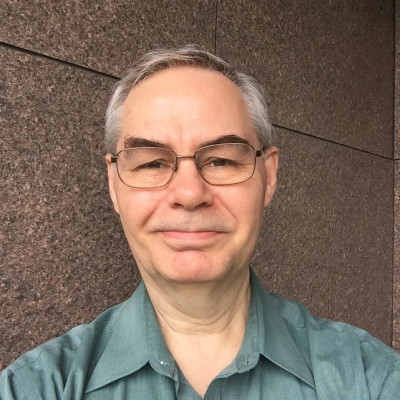

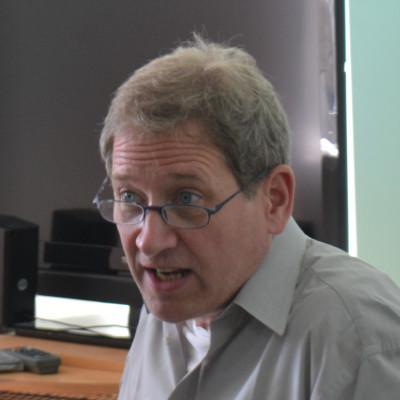

ESP and CLIL: Directions and Reflections #184
What’s new in ESP or CLIL in Japanese colleges and universities? With the emphasis on educating Japanese students for success on the world stage, more universities are implementing English education with specialized academic and professional content. Our panel of teacher-researchers will share their research and reflections on this expanding field.
Glen Hill
Many science majors do not seem motivated to study English despite it being the language of science. Many don't think it will be used in companies that will hire them. I showed my students three interviews from their science teachers; the focus was on their own English experiences, learning English, and advice to students. The purpose of the homework was to expose students to a peers' points of view and background in the language, because they don't normally get that directly from the science teachers. In my talk, I will describe the essays from students based on that homework, in which they gave their opinion of each teacher and on the one that was most interesting or surprising.
Alastair Graham-Marr
In recent years, across Asia, the number of English programs that teach English through content has been increasing, and many programs have adopted an EMI (English as Medium of Instruction) approach rather than CLIL or ESP/EAP. However, many Asian languages, such as Korean or Japanese, are syllable timed, or mora-timed, and consequently, such learners often lack a natural understanding of suprasegmental phonology.Learners therefore struggle to comprehend extended streams of connected speech that they would otherwise understand were it written down on paper. Given that many European languages are stress-timed and generally match the phonological rhythms of English, importing European styled EMI without any consideration to Asian phonological contexts is arguably negligent. This talk presents a study at a Japanese science university, where sheltered content was taught. The talk will outline the difficulties that students encountered.
Owen Kozlowski
In ideal situations instructors hope for ability-sorted learners, executive control of syllabi and curricula, and the ability to curate materials and resources. What are instructors to do when these hopes are unattainable to any degree and the typical structural, notional/functional, situational, skill-based, and TBLT classroom approaches appear unsuitable? This presentation will relate the presenter’s experience of adapting a CLIL/content-heavy approach to a challenging course and non-typical group of learners. Uses and applications of Google Classroom, YouTube, and other online resources will be discussed and explored.

University teacher and student views of humor #104
This presentation will report on the results of a survey designed to elicit learners’ and educators’ perceptions of the role of humor in university English language courses. The participants included students taking required language courses at ten universities across Japan (n = 956) as well as a selection of both Japanese and non-Japanese university-level educators (n = 50). Quantitative results of the study covered such variables as the role of humor in the classroom and how humor can both decrease L2 anxiety and deepen understanding of the target culture. Additionally, qualitative, open-ended survey items queried learners and instructors about the interrelation between humor, language proficiency, and cultural understanding and the potential negative effects of humor use in the language classroom.
Many of the respondents highlighted humor’s value for improving classroom atmosphere while others focused on how they had benefited personally, such as through increased language-learning motivation or a greater degree of teaching satisfaction. Additionally, many cited concerns about how cultural dissimilarities in values and humor focus can lead to misunderstandings.
After reviewing the results, the presenter will share expanded insights from follow-up oral interviews with select participants. Finally, implications for language pedagogy and intercultural communicative competence will be considered.

Less is more - Academic poster design that works #195
A major part of brain activity is given over to visual processing (Fiser et al., 2004) yet many "academic posters" fail to make much visual impact. This presentation takes a hard look at academic poster design to identify what works and what doesn’t. Using tips from the fields of graphic poster design and infographics, the presenter will offer some key rules and ideas to help make your academic posters more successful. Topics covered include use of text and language, colour and shape, as well as high-impact graphs and charts. With suggestions on software and online tools for poster design, and resources for artwork and creating new data visualisations, this session will help you to think afresh about poster design, both for your own academic posters and when working with students on poster projects. Most of the principles presented will be equally applicable to creating effective presentation slides.
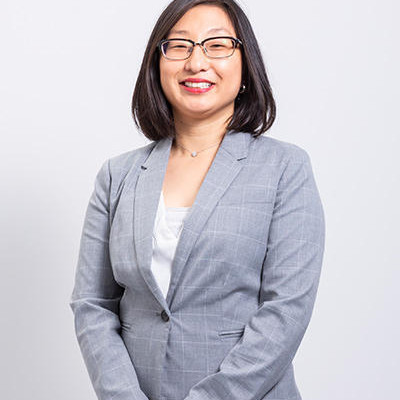
Creating a language table at a university in Japan #106
Self-access language learning centers are a rapidly emerging phenomenon in Asia (Ryan, et al., 2019). However, there are few self-access language tables documented in the English-language literature in Japan, such as those at International Christian University (Ueno, 2017, 2019) and Osaka University. This presentation will introduce a foreign language table (FLT) initiative for undergraduate EFL learners at a new public university in Japan.
In the university curriculum, students take 400 minutes of English-language classes for 14 weeks in a mandatory 2-year program that culminates in a short-term study abroad program in an English-using country. In preparation for this program, many students have expressed the desire to interact with foreigners, and to use English and other foreign languages. However, students often do not know of or take advantage of language opportunities when they are offered on the university campus or at the university dormitory. Thus, issues about student outreach, participation, and engagement will be presented, in addition to how these issues were addressed throughout the academic year. Future directions include the development of the lunchtime language table into a student-led extracurricular club, and the subsequent proposal to develop the FLT into a standalone space.

Using a learner corpus to design a placement test #108
This presentation aims to demonstrate a reliable and efficient method of developing valid constructs for placement tests with the use of corpus techniques. With English medium courses at universities rising, one of the challenges for English language support programs is to determine whether and to what extent students need extra language support. A lack of resources has meant that the English Language Program at International University of Japan has relied heavily on the TOEIC ITP test to place students, but over the years this has proved unreliable. This presentation will explain how instructors at IUJ have designed the grammar component of an in-house placement test. In particular, the presenter will outline how constructs for the test were developed from three sources of data: the ability of learners at an intermediate level as derived from a learner corpus; the experience of instructors in the program; the demands of academic writing at the graduate level as based on an academic corpus. The literature on test design offers little guidance for teachers on how to use corpora to make decisions about constructs. This presentation will begin to address that gap by demonstrating how to search learner corpora and handle the language data.

In-class surveys one question at a time #109
Teachers gather valuable information about students from in-class surveys often administered at the beginning or the end of a course. Responses may be quantitative or qualitative in nature, and they may assist teachers in action research designs to guide changes during the course or in a subsequent one. Questions may ask how well a lesson or some component is perceived as instructive, utile, or motivating, whether they are asked with ranking, choice, or open-essay format. Japanese university students are no stranger to feedback surveys; institutions require them at the end of courses to determine teacher and course effectiveness. But, students may face too many administrative surveys in a year. If they are required only to rank items, it is easy to become desensitized or demotivated and intentionally mark the answers inappropriately. Student anonymity is a prized feature of good surveys, but it may not always be practical to a teacher, especially if comparisons are desired between certain groups. This presentation will describe how weekly surveys of just one essay question each were delivered, and how the responses were compiled then presented back to students with insightful comments. Both teacher and students gained useful knowledge and perspective in the process.